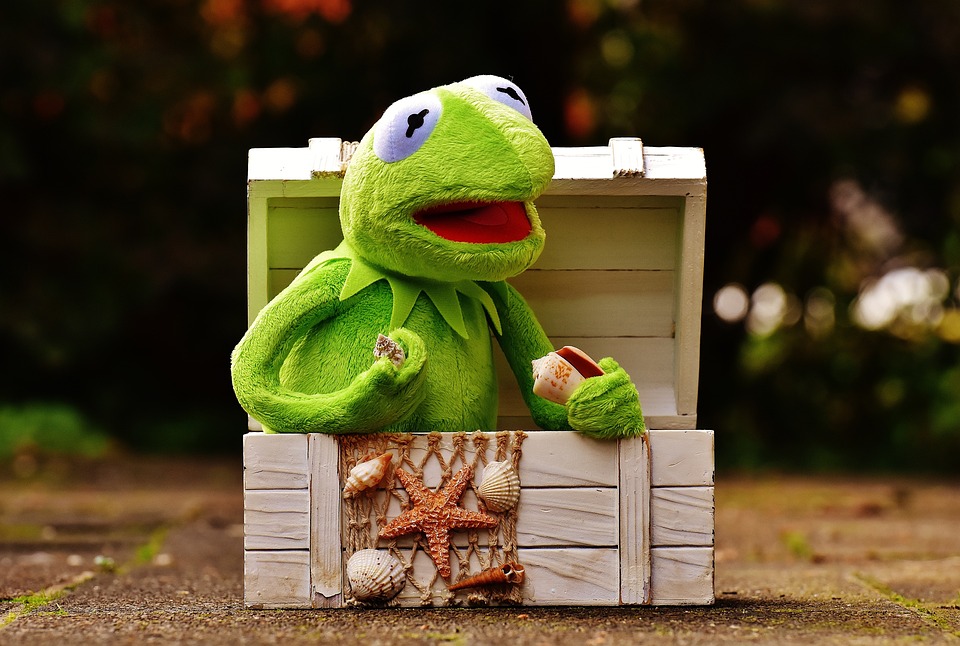Fish behavior is a captivating subject that has intrigued researchers and hobbyists for centuries. One aspect of fish behavior that is of particular interest is their feeding habits. Stimulating natural feeding behaviors in fish is not only essential for their health and well-being but also provides an enriching experience for aquarium enthusiasts. In this comprehensive guide, we will explore the intricacies of how to stimulate natural feeding behaviors in fish and provide valuable tips and techniques to help your aquatic pets thrive.
Before we can effectively stimulate natural feeding behaviors in fish, it is crucial to understand how they behave in the wild. Different species of fish exhibit diverse feeding patterns, such as surface feeding, bottom feeding, or mid-water feeding. Some fish are herbivores, while others are carnivores or omnivores. Understanding the unique characteristics of your fish species will enable you to tailor their feeding environment accordingly.
Several factors influence fish feeding behaviors, including water temperature, water quality, lighting conditions, and the availability of suitable food sources. By addressing these factors, you can create an environment that encourages natural feeding behaviors.
Here are some tips to stimulate natural feeding behaviors in fish:
1. Provide a Varied Diet: Offering a diverse range of nutritious food options replicates the fish’s natural diet, ensuring they receive all the essential nutrients they require for optimal health.
2. Mimic Natural Hunting: Incorporating interactive feeding techniques, such as using floating food items or hiding food in crevices, stimulates predatory instincts and encourages fish to exhibit their natural hunting behaviors.
3. Utilize Feeding Triggers: Certain fish species respond to specific cues or triggers associated with feeding. Experimenting with these triggers, such as shaking a container of food or using a feeding ring, can elicit natural feeding responses.
4. Maintain Ideal Water Conditions: Ensuring optimal water parameters, including temperature, pH, and oxygen levels, is vital for promoting healthy feeding behaviors in fish. Regular water testing and appropriate adjustments are key.
5. Create a Suitable Habitat: Designing an environment that closely resembles the fish’s natural habitat, incorporating appropriate plants, rocks, and hiding spots, can encourage natural foraging and feeding behaviors.
6. Establish a Consistent Feeding Routine: Consistency is crucial when it comes to fish feeding. Establishing a regular feeding schedule and providing food at the same time each day helps fish anticipate and prepare for feeding, triggering their natural responses.
Promoting natural feeding behaviors in fish is important for their overall health and well-being. Natural feeding behaviors stimulate mental and physical engagement, promote overall health, and reduce stress in fish. Furthermore, replicating their natural diet and behaviors enhances their immune system, ensuring longevity.
It is essential to monitor fish for any signs of unhealthy feeding behaviors, such as loss of appetite, refusal to eat, excessive aggression during feeding, or unusual lethargy. These signs may indicate underlying health issues or environmental problems.
To some extent, fish can be trained to exhibit specific feeding behaviors. Through positive reinforcement techniques and consistent training, they can learn to respond to specific cues or commands associated with feeding.
While stimulating natural feeding behaviors is generally beneficial, excessive competition for food or aggressive feeding behaviors may arise in some cases. Observing fish during feeding and adjusting the feeding environment accordingly can minimize such risks.
The adaptation period for fish to new feeding techniques varies depending on the species and individual fish. It may take a few days to a few weeks for fish to adjust. Patience and gradual implementation are key to ensuring successful adoption.
In conclusion, understanding and stimulating natural feeding behaviors in fish is both an art and a science. By incorporating the tips and techniques outlined in this comprehensive guide, you can create an environment that encourages your aquatic pets to exhibit their innate hunting and foraging instincts. Remember, promoting natural feeding behaviors not only enhances the well-being of your fish but also provides a rewarding and captivating experience for fish enthusiasts.









